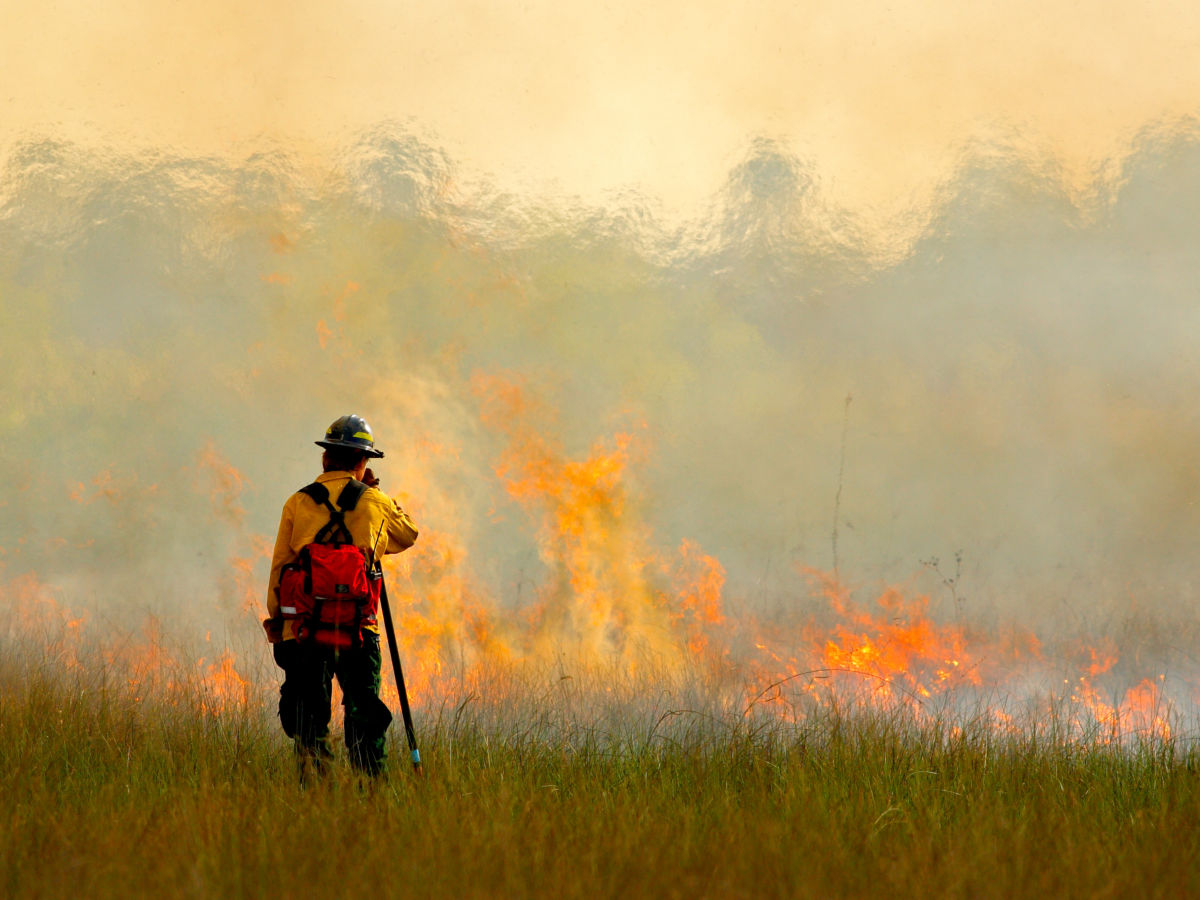
Lunder and his team used the Landsat image to create fire perimeter and progression maps. Image credit: Zeke Lunder, Deer Creek GIS/Landsat/Google Earth This image and others created with Landsat 8 were used in public safety meetings and were featured in the Wildfire Today publication.

Lunder used the Landsat 8 image of the campfire together with topographic and road network data to create this image. In nearby Chico, California, Zeke Lunder, a pyrogeographer and founder of Deer Creek GIS, used the Landsat image together with topographic data and road overlay information to create a number of 3D renderings of the fire. You can see the fire burning right through the city.” The Landsat image captures the fire behavior behind this devastating disaster.Īs Chambers told Berkeley News, “It’s astonishing. Embers blown by the dry winds started spot fires along the western front, jumping 2.5 miles ahead of the main fire front. Winds speeds that day were 30 mph with gusts up to 50 mph.Ĭhambers and other fire specialists also used this Landsat data to verify the “leapfrog” behavior of the fire. and the collect time of the satellite, he calculated that the fire had been traveling 3 mph during those first four hours, stoked by dry easterly winds tearing across California’s Sierra Nevada mountains from the warm deserts of Nevada. What really shocked me was the speed with which this cataclysmic inferno progressed.”Īt UC Berkeley, geography professor Jeff Chambers used this Landsat 8 image to calculate the speed of the fire. “In all the many years that I’ve covered wildfire, I don’t believe I’ve encountered anything like what we’ve seen with the Camp Fire blazing in California’s northern Sierra Nevada mountains. Flames consumed nine out of every ten homes in Paradise, in what is now recognized as the deadliest fire in America since 1918.Īs Yulsman wrote in his initial blog post two days after the fire began: The Camp Fire burned more structures than any before in California’s history (18,804 in total when including support structures like sheds and garages). Image credit: Matt Montanaro and Aaron Gerace/Landsat. The shortwave and thermal infrared data show the active fire front and hotspots below the smoke cover. The image on the right was created using one of Landsat 8’s thermal infrared bands, one of its shortwave infrared bands, and its blue band-bands 10,6,4). Smoke obscures the ground in the visible color Landsat 8 image on the left (created using the red, green, and blue bands-bands 4,3,2).


The fire’s extent was visible through the smoke because of data the satellite collects from wavelengths beyond human range of sight (namely the shortwave infrared (SWIR) and Thermal Infrared (TIR) regions). The Landsat image revealed that half of Paradise was already burning that morning. Image credit: Joshua Stevens, NASA Earth Observatory/Landsat
#Usatoday california breweries camp fire archive#
The open Landsat data archive allowed anyone who wanted the data to get it. USGS, universities, and environmental companies all provided versions of this image as well. NASA Earth Observatory provided a heavily used version of the Landsat 8 image of the Camp Fire in Northern California. It would become California’s deadliest fire, killing 86 people and burning more than 14,500 homes and businesses in the foothill town of Paradise. local time, a mere four hours after a small fire off Camp Creek Road had started the conflagration. Landsat 8 acquired the image on Thursday, November 8 at 10:45 a.m. The Landsat 8 data behind this image, which made repeated appearances in the media, told a striking story of both the extent and the speed of the blaze. The specific Landsat image of the Camp Fire that Yulsman selected was created by independent blogger and geojournalist Pierre Markuse, using Landsat 8 data collected on November 8, 2018. The “particularly compelling” one he chose was a Landsat 8 image of the Camp Fire in northern California.

As 2018 closed, Discover Magazine blogger Tom Yulsman posted to his ImaGeo blog about the most gripping image he’d seen during the year.


 0 kommentar(er)
0 kommentar(er)
